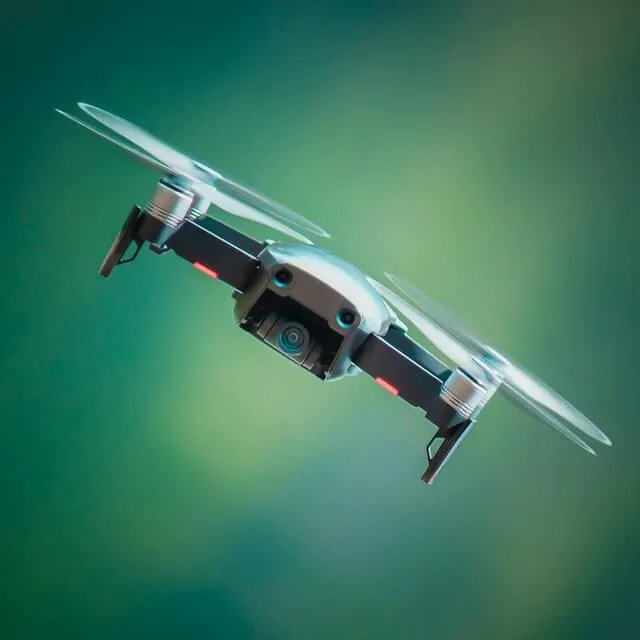Telematics and flight data can play an integral part in understanding a pilot's flying behavior.


In the past decade, the ability to analyze data and telematics has significantly helped car insurers better estimate accident damages, reduce fraud, and ultimately provide individuals with better rates. Making decisions based on existing accident data, and driving metrics have enabled insurers to successfully create usage-based insurance programs, tremendously lowering car insurance costs. By tracking each ride, drivers can prove their safety measures in order to benefit from lower premieres. In return, insurance companies see lower accident rates, have fewer theft-related claims, and are able to increase their response time in the event of an accident.
This usage-based insurance trend based on telematics has taken off across other insurance industries as well, including drone insurance. In fact, with drone insurance, pilots do not even need to manually track their insured flights in order to benefit from lower premiums. Today, most drone technology automatically stores the telematics data, making it easy for drone pilots to retrieve their information and pass it along to their insurance companies even before purchasing a policy.
While these insurance verticals have understood the high potential of usage based-insurance and lower premium rates, other lines, such as aviation insurance, have yet to benefit. In the past year, the majority of private pilots have experienced at least a 20% increase in their yearly premiums. Those pilots who have yet to file a claim are still being subjugated to a more expensive policy, year after year.
Over the past few months, SkyWatch.AI Insurance has analyzed a handful of flights, from various aircraft. Here are some valuable insights about risk factors that could be beneficial for underwriting insurance policies:
- 46% of personal flying accidents occur during a pilot’s landing and takeoff. Analyzing the speed and angle of a pilot’s take-off or landing alone can help determine the behavior of the pilot. Taking multiple flight landings into consideration can help create an average score for the pilot.
- Weather accounts for 20% of Part 91 accidents. Aside from thunderstorms, blizzards, turbulence, etc., attempting to continue visual flight into instrument weather conditions (especially without instrument rating) remains one of the leading risks taken in general aviation.

- Of these weather-related accidents, 50% are attributed to wind. Analyzing metrics such as wind speeds, gust speeds, visibility, and precipitation allows us to understand different pilots’ tendencies to take unnecessary risks.
Given the data above, pilot behavior can easily be considered as an important factor when calculating insurance rates. The more flight data pilots are able to share with their insurance providers, the more insight they can gather about the risk associated with their unique individual risk profile.
Overall, the value of flight telematics is beneficial both to insurance carriers and responsible pilots alike. Pilots who continue to prove their efforts to mitigate risk by flying safely in suitable weather and or landing at the proper speed and angles should be incentivized to share their flight data in return for lower insurance costs. With the more hours and logs provided, insurance providers, such as SkyWatch.AI, can continue to create benchmarks for safety standards within the aviation industry.











